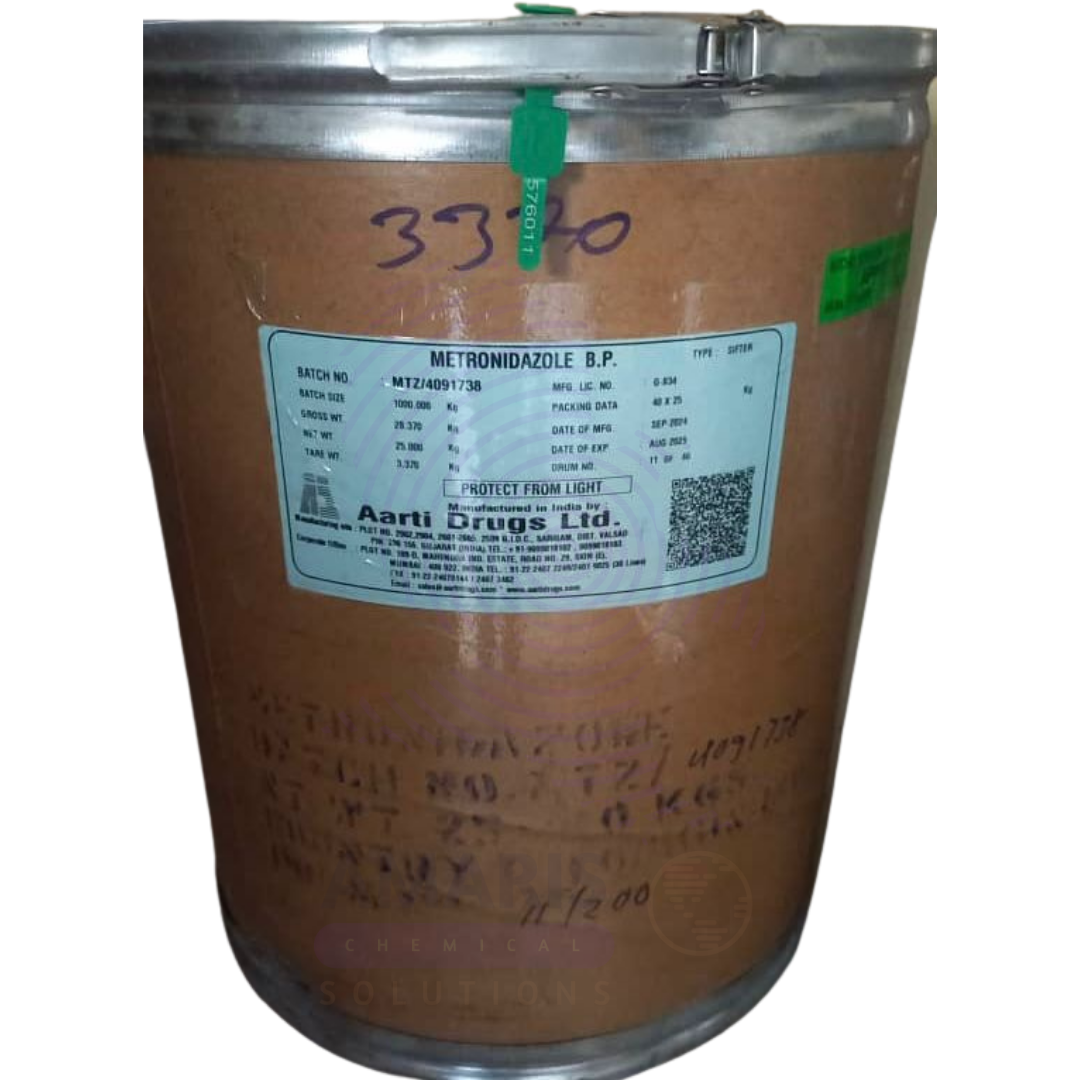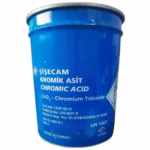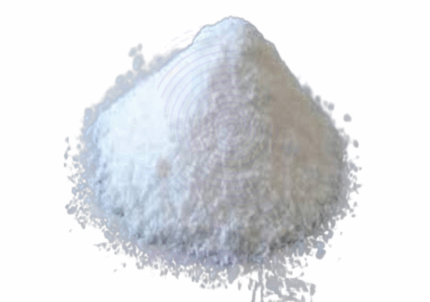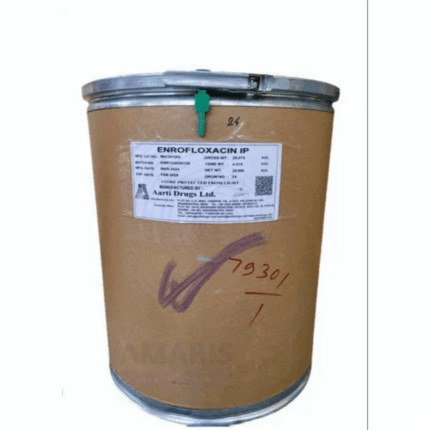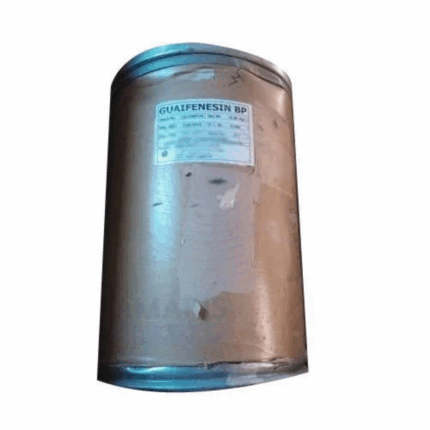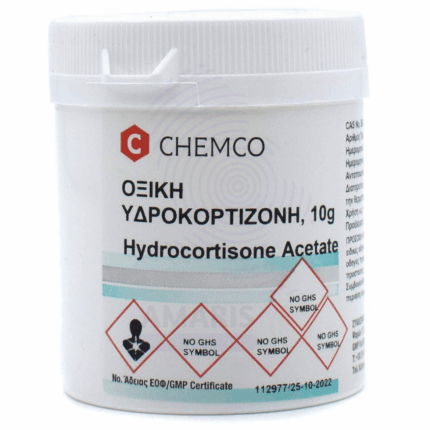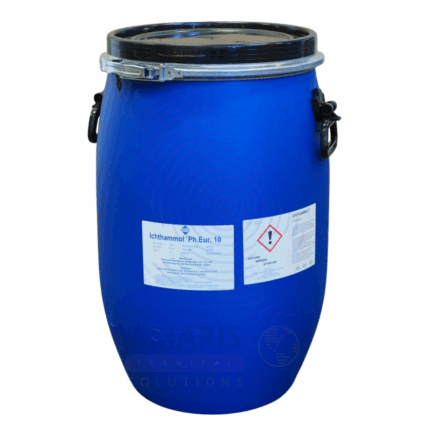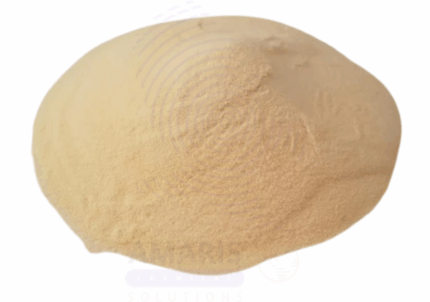Metronidazole BP
Metronidazole BP is a benzoate ester derivative of metronidazole, used primarily as an antiprotozoal and antibacterial agent. It is a prodrug that hydrolyzes in the body to release metronidazole, making it more palatable for pediatric and geriatric oral suspensions. It complies with the British Pharmacopoeia (BP) standards for purity and efficacy.
Metronidazole BP
Primary Uses
- Antiprotozoal Therapy
- Treatment of amoebiasis (intestinal and hepatic).
- Management of giardiasis (Giardia lamblia infections).
- Used in trichomoniasis (vaginal and urethral infections).
- Antibacterial Therapy
- Active against anaerobic bacteria (e.g., Bacteroides, Clostridium).
- Used in bacterial vaginosis and pelvic inflammatory disease (PID).
- Prophylaxis in colorectal and gynecological surgeries.
- Helicobacter pylori Eradication
- Part of triple/quadruple therapy for peptic ulcers.
Secondary Uses
- Veterinary Medicine
- Treatment of anaerobic infections in dogs and cats.
- Used in fish farming to control protozoan parasites.
- Dermatology
- Topical formulations for rosacea and acneiform eruptions.
- Dental Infections
- Adjunct therapy for acute necrotizing ulcerative gingivitis (ANUG).
1. Basic Identification Attributes
- Chemical Name (IUPAC): 2-Methyl-5-nitro-1H-imidazole-1-ethanol benzoate
- Common/Trade Name: Metronidazole Benzoate BP
- CAS Number: 13182-89-3
- HS Code: 2933.29.90 (Other heterocyclic compounds)
- Synonyms: Metronidazole benzoate ester; Flagyl benzoate
2. Physical & Chemical Properties
- Physical State: White to pale yellow crystalline powder
- Color & Odor: Odorless or faint characteristic odor
- Melting Point: ~98–102°C
- Solubility:
- Slightly soluble in water
- Freely soluble in methanol, ethanol, chloroform
- pH: Neutral (~6.0–7.5 in suspension)
3. Safety & Hazard Attributes
- GHS Classification:
- H302 (Harmful if swallowed)
- H315 (Causes skin irritation)
- H319 (Causes serious eye irritation)
- H335 (May cause respiratory irritation)
- Toxicity: Low acute toxicity; avoid prolonged exposure
- Exposure Limits: No specific OEL; handle as pharmaceutical powder
4. Storage & Handling Attributes
- Storage Conditions:
- Store in tightly sealed containers at ≤25°C.
- Protect from light and moisture.
- Container Type: Amber glass or HDPE containers.
- Shelf Life: Typically 24–36 months if stored properly.
- Handling Precautions:
- Use gloves, mask, and goggles.
- Avoid dust formation.
5. Regulatory & Compliance Attributes
- Complies with:
- British Pharmacopoeia (BP) standards.
- USP/NF (if applicable for formulations).
- ICH Q7 (GMP for APIs).
- Regulatory Status:
- Prescription-only drug in most countries.
6. Environmental & Health Impact
- Biodegradability: Readily biodegradable.
- Ecotoxicity: Low risk; no significant bioaccumulation.
- Carcinogenicity/Mutagenicity:
- Not classified (metronidazole is a possible carcinogen with chronic exposure).
Safety Handling Precautions
- PPE Required:
- Nitrile gloves, dust mask, lab coat, safety goggles.
- Handling Guidelines:
- Use in well-ventilated areas.
- Avoid contact with skin/eyes.
- Storage Measures:
- Keep away from strong oxidizers.
First Aid Measures
- Inhalation: Move to fresh air; seek medical help if irritation persists.
- Skin Contact: Wash with soap and water; remove contaminated clothing.
- Eye Contact: Rinse with water for 15 mins; consult ophthalmologist.
- Ingestion: Rinse mouth; do NOT induce vomiting; seek medical attention.
Firefighting Measures
- Fire Hazards: Non-flammable but may decompose at high temperatures.
- Extinguishing Media: Use water spray, CO₂, or dry chemical.
- Hazardous Combustion Products: Nitrogen oxides (NOx), CO, CO₂.
Related products
Chloramphenicol Palmitate Micronised
Diphenhydramine HCL BP
Enrofloxacin Hydrochloride
Guaiphenesin BP
Hydrocortisone Acetate
Ichthammol BP98
Miconazole Nitrate BP
Miconazole Nitrate BP is a high-purity, pharmaceutical-grade antifungal agent conforming to British Pharmacopoeia (BP) specifications. It is widely used in the formulation of topical and oral pharmaceutical products for the treatment of fungal infections caused by dermatophytes and yeasts, including Candida species. Miconazole Nitrate functions by inhibiting the biosynthesis of ergosterol, a vital component of fungal cell membranes, leading to cell death.
This white to off-white crystalline powder is highly effective and exhibits broad-spectrum antifungal and some antibacterial activity. It is commonly utilized in creams, ointments, powders, and gel formulations.


 Preservatives(food)
Preservatives(food) Flavor Enhancers
Flavor Enhancers Acidulants
Acidulants Sweeteners
Sweeteners Antioxidants
Antioxidants Colorants(food)
Colorants(food) Nutraceutical Ingredients (food)
Nutraceutical Ingredients (food) Nutrient Supplements
Nutrient Supplements Emulsifiers
Emulsifiers
 Collectors
Collectors Dust Suppressants
Dust Suppressants Explosives and Blasting Agents
Explosives and Blasting Agents Flocculants and Coagulants
Flocculants and Coagulants Frothers
Frothers Leaching Agents
Leaching Agents pH Modifiers
pH Modifiers Precious Metal Extraction Agents
Precious Metal Extraction Agents
 Antioxidants(plastic)
Antioxidants(plastic) Colorants (Pigments, Dyes)
Colorants (Pigments, Dyes) Fillers and Reinforcements
Fillers and Reinforcements Flame Retardants
Flame Retardants Monomers
Monomers Plasticizers
Plasticizers Polymerization Initiators
Polymerization Initiators Stabilizers (UV, Heat)
Stabilizers (UV, Heat)
 Antifoaming Agents
Antifoaming Agents Chelating Agents
Chelating Agents Coagulants and Flocculants
Coagulants and Flocculants Corrosion Inhibitors
Corrosion Inhibitors Disinfectants and Biocides
Disinfectants and Biocides Oxidizing Agents
Oxidizing Agents pH Adjusters
pH Adjusters Scale Inhibitors( water)
Scale Inhibitors( water)
 Antioxidants(cosmetic)
Antioxidants(cosmetic) Emollients
Emollients Fragrances and Essential Oils
Fragrances and Essential Oils Humectants
Humectants Preservatives
Preservatives Surfactants(cosmetic)
Surfactants(cosmetic) Thickeners
Thickeners UV Filters
UV Filters
 Fertilizers
Fertilizers Soil Conditioners
Soil Conditioners Plant Growth Regulators
Plant Growth Regulators Animal Feed Additives
Animal Feed Additives Biostimulants
Biostimulants Pesticides (Herbicides, Insecticides, Fungicides)
Pesticides (Herbicides, Insecticides, Fungicides)
 Active Pharmaceutical Ingredients (APIs)
Active Pharmaceutical Ingredients (APIs) Excipients
Excipients Solvents(pharmaceutical)
Solvents(pharmaceutical) Antibiotics
Antibiotics Antiseptics and Disinfectants
Antiseptics and Disinfectants Vaccine Adjuvants
Vaccine Adjuvants Nutraceutical Ingredients (pharmaceutical)
Nutraceutical Ingredients (pharmaceutical) Analgesics & Antipyretics
Analgesics & Antipyretics
 Analytical Reagents
Analytical Reagents Solvents(lab)
Solvents(lab) Chromatography Chemicals
Chromatography Chemicals Spectroscopy Reagents
Spectroscopy Reagents microbiology-and-cell-culture-reagents
microbiology-and-cell-culture-reagents Molecular Biology Reagents
Molecular Biology Reagents Biochemical Reagents
Biochemical Reagents Inorganic and Organic Standards
Inorganic and Organic Standards Laboratory Safety Chemicals
Laboratory Safety Chemicals Specialty Laboratory Chemicals(Special Laboratory Equipment)
Specialty Laboratory Chemicals(Special Laboratory Equipment)
 Demulsifiers
Demulsifiers Hydraulic Fracturing Fluids
Hydraulic Fracturing Fluids Scale Inhibitors(oil)
Scale Inhibitors(oil) Surfactants(oil)
Surfactants(oil) Drilling Fluids
Drilling Fluids
 Dyes and Pigments
Dyes and Pigments Bleaching Agents
Bleaching Agents Softening Agents
Softening Agents Finishing Agents
Finishing Agents Antistatic Agents
Antistatic Agents
 Admixtures
Admixtures Waterproofing Agents
Waterproofing Agents Sealants and Adhesives
Sealants and Adhesives Curing Compounds
Curing Compounds Concrete Repair Chemicals
Concrete Repair Chemicals Anti-Corrosion Coatings
Anti-Corrosion Coatings
 Surfactants(cleaning)
Surfactants(cleaning) Builders
Builders Enzymes
Enzymes Solvents (Cleaning)
Solvents (Cleaning) Fragrances
Fragrances
 Electronic Chemicals
Electronic Chemicals Catalysts
Catalysts Lubricants
Lubricants Photographic Chemicals
Photographic Chemicals Refrigerants
Refrigerants Automotive chemicals
Automotive chemicals Pyrotechnic Chemicals
Pyrotechnic Chemicals
 Biodegradable Surfactants
Biodegradable Surfactants Bio-based Solvents
Bio-based Solvents Renewable Polymers
Renewable Polymers Carbon Capture Chemicals
Carbon Capture Chemicals Wastewater Treatment Chemicals
Wastewater Treatment Chemicals
 Pigments
Pigments Solvents(paint)
Solvents(paint) Specialty Coatings
Specialty Coatings Binders/Resins
Binders/Resins Additives
Additives Driers
Driers Anti-Corrosion Agents
Anti-Corrosion Agents Functional Coatings
Functional Coatings Application-Specific Coatings
Application-Specific Coatings
 Fresh Herbs
Fresh Herbs Ground Spices
Ground Spices Whole Spices
Whole Spices Spice Blends
Spice Blends Dried Herbs
Dried Herbs
 Leavening Agents
Leavening Agents Dough Conditioners
Dough Conditioners Flour Treatments
Flour Treatments Fat Replacers
Fat Replacers Decoratives
Decoratives Preservatives(baking)
Preservatives(baking)
 Plasticizers & Softeners
Plasticizers & Softeners Reinforcing Agents
Reinforcing Agents Adhesion Promoters
Adhesion Promoters Vulcanizing Agents
Vulcanizing Agents Antidegradants
Antidegradants Blowing Agents
Blowing Agents Fillers & Extenders
Fillers & Extenders Accelerators & Retarders
Accelerators & Retarders